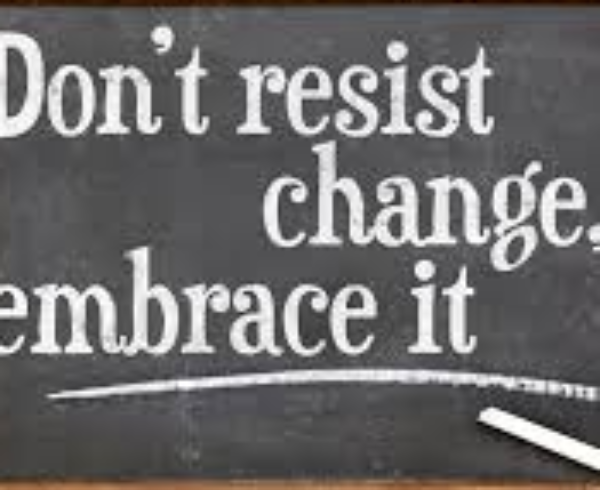Recently I was driving my son Jonathan and his friend, Amanda, back from orchestra rehearsal. They were rehearsing a piece that would include Philadelphia Orchestra trumpet player, Tony Prisk. I casually asked the kids, “So, what did you think of the rehearsal?”
Amanda replied, “You know, I really didn’t think I was going to like the Tony Prisk piece. It sounded kind of weird when I played it by myself. And they didn’t have it on YouTube so I couldn’t hear what the whole piece sounded like. I was pleasantly surprised when everybody played it as an orchestra. It sounded great, and it was really fun to play.”
The fact is, when you play a role in isolation, without the bigger view, it can lead to a sense of discomfort, isolation, and a lack of enthusiasm. Here are three things you can do right away to make sure your people aren’t isolated players struggling to perform without the full score:
- Clearly communicate the vision.
- Demonstrate how the short-term activities align with achieving that vision.
- Bring the team together on a consistent basis to align, collaborate, harmonize, and effectively orchestrate the final result.
Read more: Bridging the Execution Gap: Three Ways to Get Up to Speed
I’ve seen it time and again. When people see how their pieces fit into the whole, they immediately become more motivated, excited and engaged in the process.
Liz’s expert insight, straightforward style and personable nature is why she is so good at what she does.
– Suzann Schiller, Executive VP, Strategic Collaborations Cello Health Communications
 To learn more about a host of pragmatic tools for success, read my new book. Slow Down to Speed Up®: Lead, Succeed, and Thrive in a 24/7 World is a powerful resource for leaders from the C-Suite to the front line. Filled with innovative new approaches, pragmatic tools, and real-life success stories, SDTSU tackles the universal challenge of achieving better, faster, more sustainable results in a world of non-stop demands and constant connectivity. Get your copy today!
To learn more about a host of pragmatic tools for success, read my new book. Slow Down to Speed Up®: Lead, Succeed, and Thrive in a 24/7 World is a powerful resource for leaders from the C-Suite to the front line. Filled with innovative new approaches, pragmatic tools, and real-life success stories, SDTSU tackles the universal challenge of achieving better, faster, more sustainable results in a world of non-stop demands and constant connectivity. Get your copy today!








